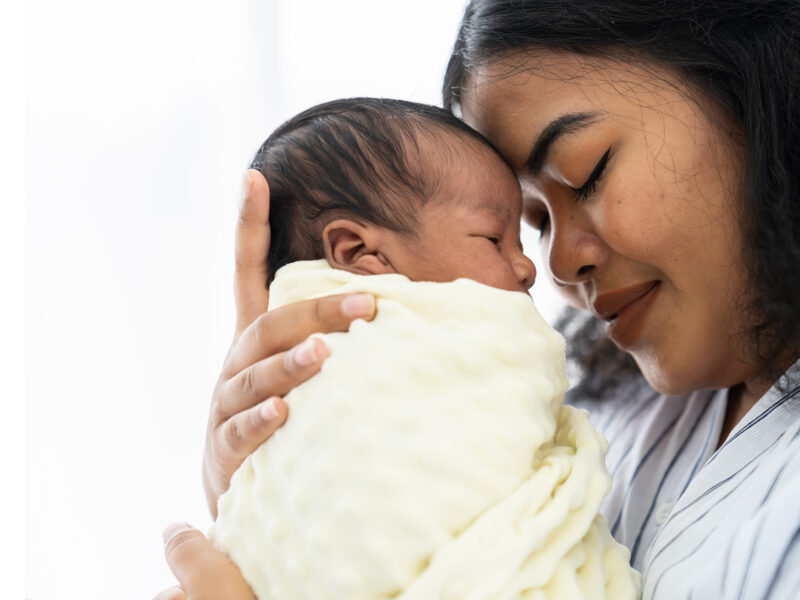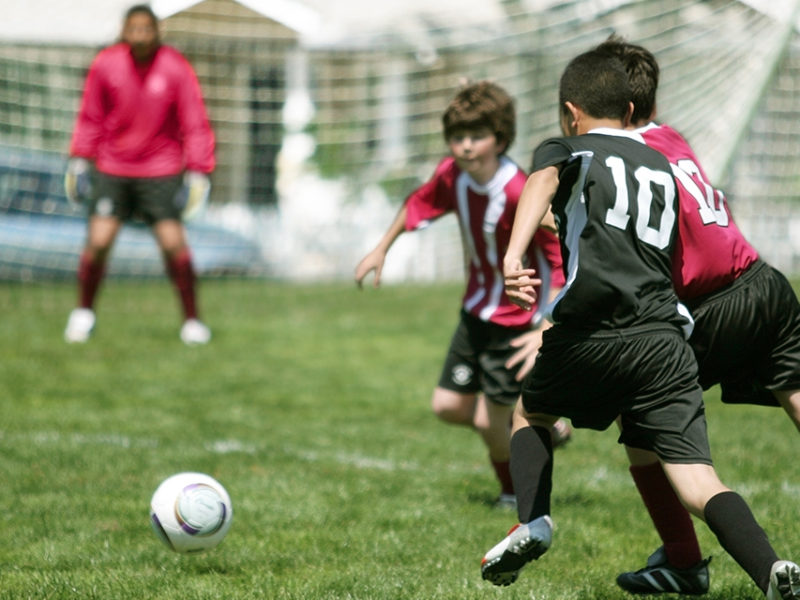Innovative Biostatistical Methodology for Causal Evaluation of Medical Treatments
Innovative Biostatistical Methodology for Causal Evaluation of Medical Treatments https://pediatricsnationwide.org/wp-content/themes/corpus/images/empty/thumbnail.jpg 150 150 Laura Dattner Laura Dattner https://pediatricsnationwide.org/wp-content/uploads/2023/03/LauraDattner-web-002.jpg- April 27, 2021
- Laura Dattner
Medical records are readily available nowadays, but using medical records to evaluate medical treatments is full of challenges. Henry Xiang, MD, MPH, PhD, professor of medicine and principal investigator in the Center for Injury Research and Policy, collaborated with biostatisticians from The Ohio State University College of Public Health to develop a novel statistical method for the biomedical field that allows them to use more than one treatment arm in observational data.
They applied this methodology in trauma care evaluation. Trauma research often uses matching designs and observational data to compensate for potential biases in the data since randomization methods are not (and ethically, cannot) be used. Previously established methods allowed biostatisticians to match patients based on characteristics between the two groups (i.e., patients in the “died = yes” group and the “died = no” group) in order to create “balanced” groups based on these characteristics (similar to randomly assigning people to groups).
Their March 2021 publication, Triplet Matching for Estimating Causal Effects with Three Treatment Arms: A Comparative Study of Mortality by Trauma Center Level, published in Journal of the American Statistical Association, tested this new method to address the critical question of whether mortality rates differ across three levels of trauma centers.
Reference:
Nattino G, Lu B, Shi J, Lemeshow S, Xiang H. Triplet matching for estimating causal effects with three treatment arms: A comparative study of mortality by trauma center level. 2020 Apr 3;116(533):44-53.
About the author
Laura Dattner, MA, is a research writer in the Center for Injury Research and Policy of the Abigail Wexner Research Institute at Nationwide Children’s Hospital. With both a health communications and public health background, she works to translate pediatric injury research into meaningful, accurate messages which motivate readers to make positive behavior changes.
- Laura Dattnerhttps://pediatricsnationwide.org/author/laura-dattner/
- Laura Dattnerhttps://pediatricsnationwide.org/author/laura-dattner/
- Laura Dattnerhttps://pediatricsnationwide.org/author/laura-dattner/
- Laura Dattnerhttps://pediatricsnationwide.org/author/laura-dattner/
- Post Tags:
- Center for Injury Research and Policy









